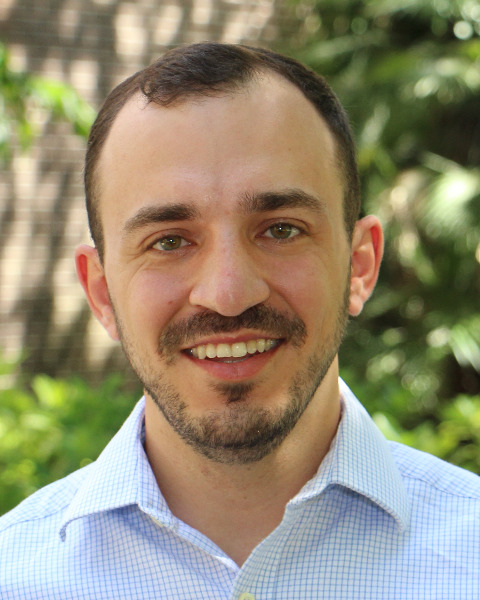Pharmacogenomics (PGx)
Category: Member Submission
Session: Poster Session II
PII-044 - DEMOGRAPHICS AND UTILIZATION OF MEDICATIONS WITH PHARMACOGENETICS GUIDELINES IN THE TRIAL OF PREMPTIVE PHARMAGOGENETICS IN UNDERSERVED PATIENTS (TOPP UP)
Thursday, May 29, 2025
5:00 PM - 6:30 PM East Coast USA Time
B. Gawronski1, C. Lteif1, E. Elwood1, M. Norris2, E. Cicali1, L. Cavallari1, G. Harrell1, J. Malaty3, J. D. Duarte1; 1University of Florida, Gainesville, FL, United States, 2University of Florida., Gainesville, FL, United States, 3University of Florida, Gainesville,FL, United States.

Brian E. Gawronski, PharmD
PhD Candidate/Postdoctoral Fellow
University of Florida
Gainesville, Florida, United States
Background: The implementation of preemptive pharmacogenetic (PGx) testing may exacerbate health disparities. This is especially true for medically underserved patients as they are prescribed higher rates of drugs with PGx guidelines (PGx drugs) and are often the last to receive new health technologies; however, limited data guiding clinical implementation are available. The aim of this project was to describe the patient population recruited in the Trial of Preemptive Pharmacogenetics in Underserved Patients (TOPP UP).
Methods: TOPP UP (NCT05141019) is a prospective, randomized, pragmatic clinical trial comparing preemptive PGx testing to standard of care in medically underserved primary care patient populations. Adult patients were recruited from clinics predominantly serving medically underserved patients. Participants were eligible if they were prescribed at least 3 oral medications, had a diagnosis often treated with PGx drugs, and had a medication change within the previous 8 months. PGx drugs were defined as medications with available Clinical Pharmacogenetics Implementation Consortium (CPIC) guidelines. Baseline demographic and medication data were extracted from patient report and electronic health records, and descriptive statistics were utilized.
Results: Between 8/1/2022 and 8/20/2024, 542 participants were recruited. At the end of enrollment, there were 526 participants analyzable for baseline characteristics. Recruited participants had a median age of 60 years of age (IQR: 18), were 66.2% female, and 65.4% self-reported as White/European descent, 31.2% as Black/African descent, and 3.3% as Asian, Native American, or Other/Mixed Race. Of the recruited participants, 36.5% had no health insurance or were on Medicaid, 54.9% had household incomes of less than 150% of the Federal Poverty Line for a 2-person household, and had median social deprivation index of 88 (IQR: 28) out of a maximum of 100. PGx drugs were prescribed in 90.7% of participants. A median of 2 PGx drugs (IQR: 2) were prescribed per participant, comprising a median of 25% (IQR 17%) of their total prescribed drugs. The PGx drugs prescribed are summarized in Table 1.
Conclusion: TOPP UP has recruited a primary care patient population who appears medically underserved and utilized high rates of medications with PGx guidelines.
